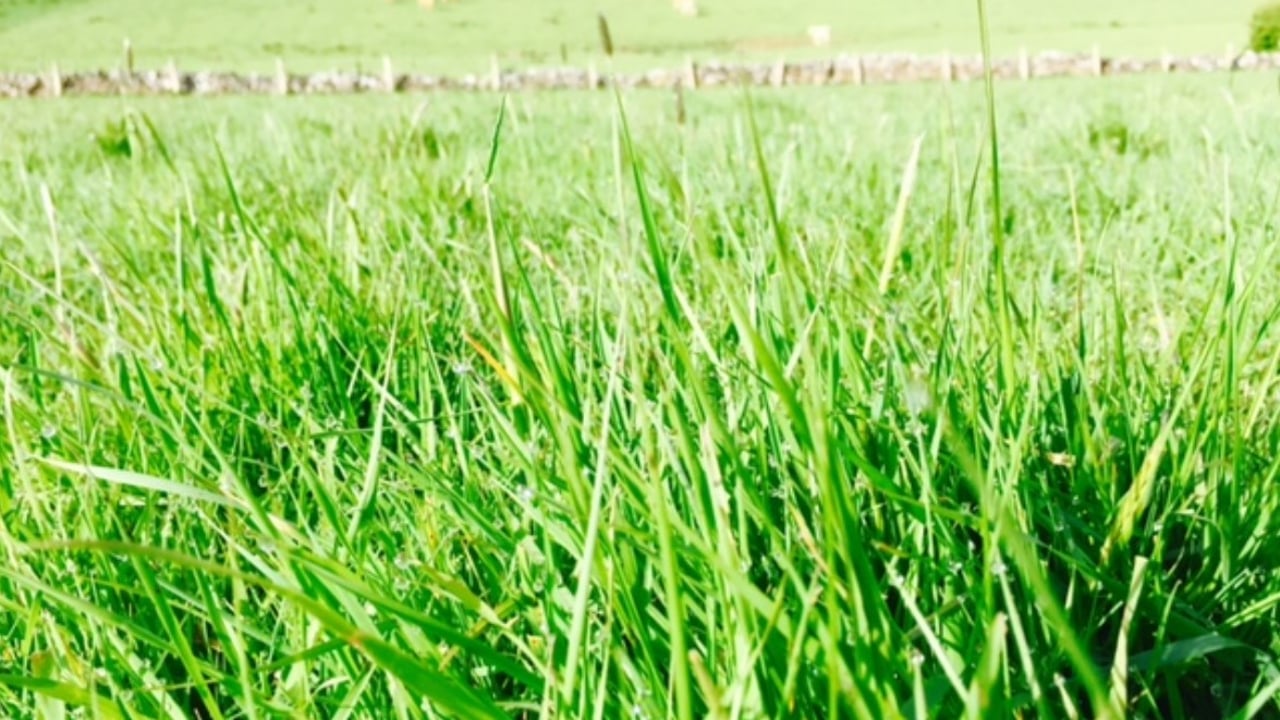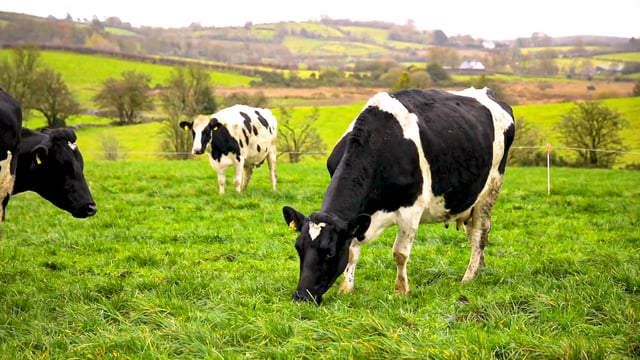Boosting carbon sequestering - without reducing grass productivity
With soil carbon sequestering recognised as an important strategy to offset increases in greenhouse gas emissions, more information is needed on agricultural management practices to achieve this goal - including deep ploughing, according to Teagasc.
The effect of deep ploughing of grassland soil on increasing soil carbon sequestration was recently investigated in an International project across multiple sites in Ireland, Germany and New Zealand.
Speaking of the project, Dr. Dominika Krol, Teagasc researcher based at Johnstown Castle, said:
"Simultaneously the soil from lower layers is brought to the top," she added.
"This soil is typically characterised by lower carbon content and therefore has larger capacity to absorb new carbon taken from the atmosphere during photosynthesis by the grassland sward - building up soil organic carbon stock and improving sequestration.
These studies aimed to assess the agronomic and environmental implications.
Dr. David Wall, Teagasc researcher, highlighted:
At the Teagasc Environment Research Centre at Johnstown Castle, the project utilised both a field trial and a soil incubation study where a stable isotope carbon tracer was used to investigate impact of tillage method: Minimum tillage, conventional and deep tillage, on soil carbon and biomass productivity after renewal.
It also examined the impact of grass species richness: monoculture ryegrass; and multispecies swards (grass, clover and herbs), on the same matters.
Speaking of the results, Teagasc's Prof. Gary Lanigan, said:
"This is not unusual as carbon build-up occurs slowly over many years and decades and therefore we plan to maintain the field trial for further long term monitoring.
"The use of carbon tracers revealed significant differences in net ecosystem productivity between the different tillage methods and sward types.
"Significantly lower grass biomass production was shown after conventional tillage compared to minimum and deep tillage methods.
Results of this project show potential of the full inversion tillage, i.e. deep ploughing to about 40cm, as a grassland renovation method to increase carbon sequestration without any long-term adverse impact on grassland productivity, Teagasc says.
With approximately 2% of grassland soils being reseeded each year nationally an increase of 1t/ha of carbon sequestration would offset 1.4% of annual agricultural GHG emissions, the agricultural authority concluded.





